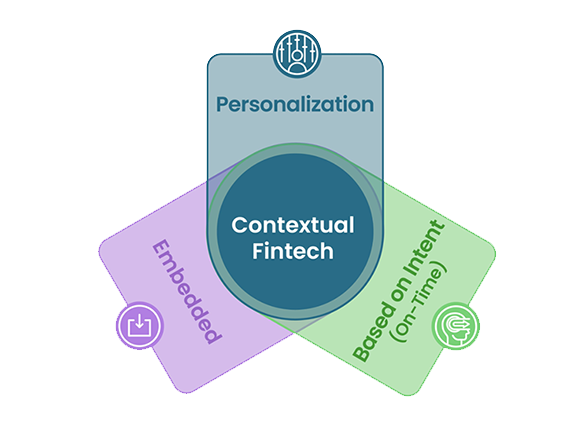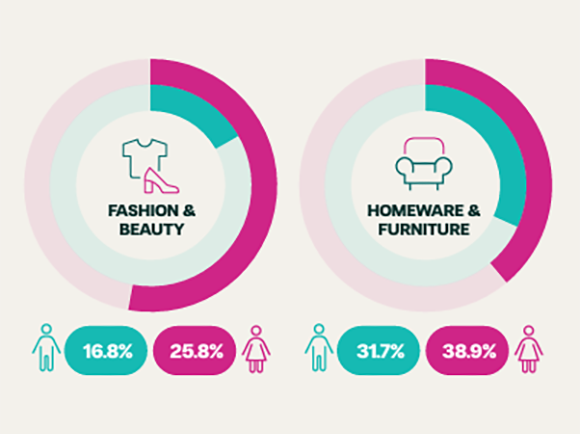Banks ready to offer retail finance in 2024 after last year’s shakeout

Last year, we asked whether 2023 would be the year of mergers and acquisitions in retail finance. Like others, we suggested that the ‘perfect storm’ of rising interest rates, inflation, regulatory pressures, and a squeeze on consumer spending would create choppy waters for the industry. Investors and venture capitalists, unwilling to pump more money into as yet unproven business models, would ask to see a path to profitability.
Those with sturdy balance sheets would stay afloat, while others would start looking for life rafts. This would leave banks – flush with customer deposits – to swoop in, consolidate, and reclaim market share. As Warren Buffet famously said, “Only when the tide goes out do you see who’s been swimming naked”.
It turns out, our predictions were remarkably close. The market switched from the ‘growth at all costs’ mindset that many had when money was cheap and free-flowing to a more sober approach. In March, Australian BNPL provider ZIP exited 10 of the 14 markets they operated in, including the UK, after their share price tanked. Affirm – one of the biggest names in BNPL – laid off 19% of its employees and exited the Australian market, stating “everything changed in mid-2022” – a reference to macroeconomic turmoil. Clearpay pulled out of Italy, France, and Spain as parent company Block ceased operations in Europe. And UK-based Shawbrook is rumoured to be in merger talks with Co-Op Bank.
The point is, the consumer finance industry is in a transitional period. The latest estimates suggest the global market will be worth $1.65tn USD by 2030 – a CAGR of 7.21%. So, despite market turbulence, customers still demand a slick digital experience in their embedded lending products. They neither want to go to a bank to take out a loan nor leave a webpage to spread the cost of a kitchen. This presents a huge and ever-growing opportunity to banks.
Falling interest rates make the retail finance model attractive again
When interest rates go down, lenders pay less for the money they borrow from the central bank to finance loans. Before 2021, when the retail finance market was in full swing, interest rates were rock bottom. Money was cheap, and low-and-no interest loans were easy to come by. When interest rates went up, the cost of borrowing rose with it, which increased the cost of doing business for consumer lenders. This put a squeeze on profits, interest-free credit vanished, valuations tanked, lenders left markets, and some companies consolidated.
But now, interest rates are set to fall again. That makes the retail finance business model more profitable. For banks sitting on the sidelines, there is an opportunity to enter the market at a discount rate and reclaim market share from the fintechs and alternative lenders who have dominated the space in recent years.
Merchants need a bank they can trust
Some of the biggest brands in the UK were served notice on their contracts last year by lenders exiting the market. These merchants were left high and dry, without a lender to service their loans, which put their reputation, relationships, and revenue in jeopardy. Not to mention the impact it almost had on their customers.
Merchants need a reliable, reputable lender to service their retail finance loans. But they also need a market-leading customer journey. A combination of the two is hard to come by.
Banks can fill in this gap and help merchants drive growth in 2024. They can do this by offering seamless instore and omnichannel retail finance; which banks can easily deliver by whitelabeling the Divido platform.
Retail finance helps you grow sticky consumer relationships
The days of lifelong, exclusive relationships with your customers are gone; today they play the field to get the best deal. 43.5% of the UK population switch banks at least every two to five years, with 18% doing so at least once every two.
That’s in part because most banking is now done online, which makes relationship building more difficult. Only a fifth of UK individuals had visited a bank branch in the last month in 2022, down from a quarter the year before, according to a KPMG report.
The report also found that over a third of individuals (34%) now consider an app that is simple to use as being the most important interaction they have with their bank – up from 25% last year.
Whichever way you cut it, digital experiences matter more than ever. Focusing on the latest consumer products, with the best customer journeys, available via your banking application, will help to make your end-customer relationships stickier. And it helps with your merchant relationships, too. Adding retail finance to your suite of corporate banking products can enhance your portfolio, making your offering more attractive than your competitors.
Europe’s biggest banks choose Divido for their retail finance journey
That’s why Europe’s biggest banks are getting in on the action. HSBC is launching a retail finance program with Divido. HSBC chose Divido because they wanted a quick route to market with a reputable platform to start building business fast. They recognised that building seamless journeys and a performant system from day one is hard. With the window of opportunity closing on retail finance, HSBC chose our proven technology to get things moving.
Divido also helped the leading Nordic bank to offer retail finance across Scandinavia. The bank wanted to quickly win market share, but its in-house platform had some limitations. With our platform, we help to make platform changes faster and more easily, reduce the complexity of running in-house systems, and increase revenue by providing finance for online sales.
While the market is in a state of flux, banks have a unique opportunity in 2024 to reclaim ownership of the consumer lending market and focus on embedded lending. If you’d like to start your journey, speak to Divido today.
You might also
be interested in
Keen to know more?








